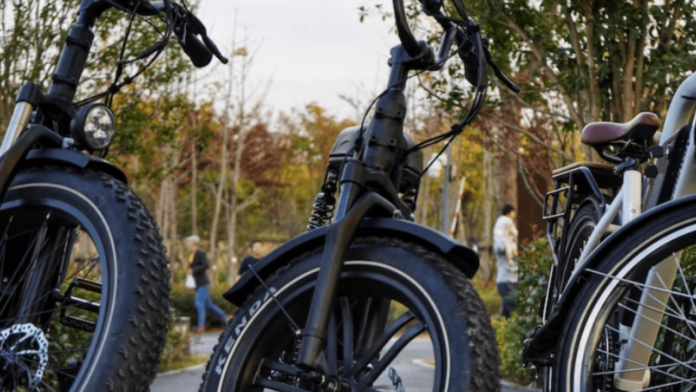E-bikes and e-motorcycles are more than just modified versions of their traditional counterparts; they represent the convergence of efficiency and innovation. Riders enjoy a harmonic blend of human effort and technical prowess when electric motors provide pedal-assist or quick thrust. E-bikes and e-motorcycles have an influence that goes beyond environmental advantages; they empower individuals and communities.
Cutting-edge lithium-ion batteries and regenerative braking technologies extend the range and efficiency of these cars, promising exhilarating journeys that are also environmentally benign. Smart displays, apps forged parts, and networking possibilities usher in a new era in which every travel is optimized, personalized, and easily regulated.
What role do E-Bikes and E-Motorcycles play in Urban Mobility?
Both cars provide convenient and environmentally efficient urban transit solutions. E-bikes help to alleviate traffic congestion and parking concerns, whereas e-motorcycles provide effective maneuverability in congested city situations. E-bikes and e-motorcycles can manage traffic more efficiently, avoiding overcrowding while minimizing the number of cars on the road.
Challenges to using E-Bikes and E-Motorcycles
Certainly, let us go more into the challenges of riding electric bicycles (e-bikes) and electric motorcycles (e-motorcycles).
Limited Range
On a single battery charge, e-bikes and e-motorcycles have a limited range. The range might vary significantly depending on factors such as battery capacity, topography, rider weight, speed, wind resistance, and weather conditions. Riders want to plan their routes and keep track of their last battery lifestyles, especially for lengthy trips.
Charging Infrastructure
While charging stations for electric vehicles are becoming more common, charging infrastructure for e-motorcycles and e-bikes may remain limited. Finding convenient charging points, particularly for e-bikes, might be difficult in good locations, limiting automobiles’ long-distance travel capabilities.
Initial Cost
When compared to regular bicycles or motorcycles, the initial cost of purchasing an e-motorbike or e-motorcycle might be very high. While prices have been falling as technology has advanced, amazing components such as batteries and motors might still contribute to the overall rate. When it comes to electric bicycles (e-bikes) and electric motorcyclists (e-motorcycles), the initial cost is a major concern.
Maintenance and Repair
Although the maintenance expenses of e-motorcycles and e-bikes are often cheaper than those of internal combustion engine cars, they are not maintenance-free. Batteries and motors have a limited lifespan and may require replacement over time. Finding mechanics or service centers that specialize in electric vehicle maintenance may be difficult in some areas.
Weight and Maneuverability
Due to the added weight of batteries and motors, e-motorcycles and e-bikes are typically heavier than their non-electric-powered counterparts. This will have an impact on maneuverability, particularly at low speeds or while parking. Riders must therefore adjust their handling techniques.
Regulation and Licensing
The guidelines and licensing regulations for e-bikes and e-bikes vary greatly by location. Different governments may categorize positive e-motorcycles as ordinary bicycles, whilst others may require special licenses, vehicle registration, or insurance for e-bikes. It is critical to understand the felony framework in your area.
Pedestrian and Cyclist Perception
Pedestrians and traditional cyclists are likely to interpret e-motorcycles, particularly those capable of higher speeds, differently. Sharing roads with pedestrians or cycling alongside non-electric motorcyclists may necessitate more caution, as your speed may astound people.
Weather and Climate Considerations
Extreme weather conditions can have an impact on the overall performance and range of e-motorcycles and e-bikes. Cold temperatures can reduce battery performance, whereas warm temperatures might impair normal function. Riders want to account for climate-related problems on their trips.
Learning Curve
Transitioning from traditional bicycles or bikes to e-bikes and e-bikes may necessitate a period of adjustment. It can take time to learn how to manage battery utilization correctly, comprehend certain strength modes, and adapt to the electrical propulsion system. When shifting to electric bicycles (e-bikes) and electric motorbikes (e-motorcycles), it is critical to consider the learning curve.
Conclusion
E-bikes and e-motorcycles provide a game-changing solution to urban mobility problems. These vehicles enable individuals and communities to navigate cities more effectively while contributing to a cleaner, healthier, and more connected urban environment by embracing innovation, efficiency, and sustainability.







